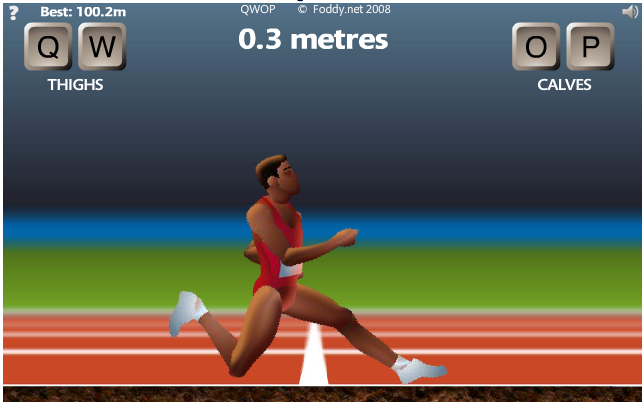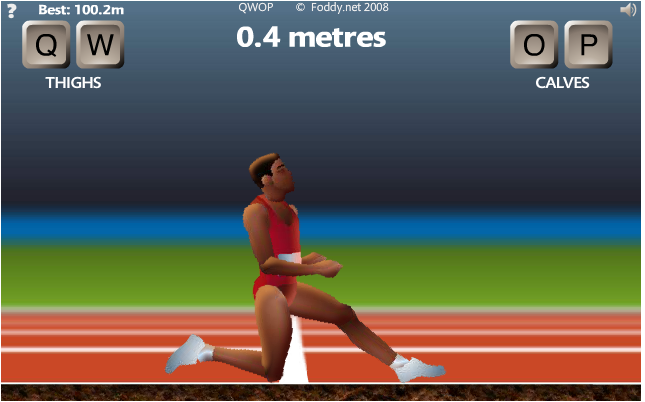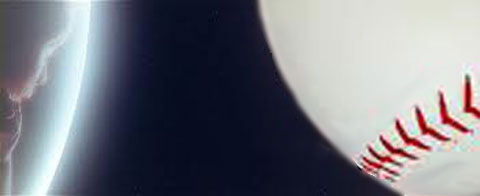Three years ago, I wrote an article called “10 Things I Believe About Baseball Without Evidence“, in which I hypothesized that it ought to be possible to develop some sort of theory of pitch sequencing. To me, pitch sequencing is the very heart of the sport, the chess match between batter and pitcher which makes the sport compelling. But for all our progress in sports analytics in recent years, a theory of pitch sequencing — what it is, how it works, which pitchers are good at it, which batters can be fooled by it — seems as distant as ever.
In this article, I hypothesized (without evidence, as the title suggests) that such a theory would involve somehow understanding that the brain of the batter makes predictions for the next pitch based on previous pitches:
I believe that before any given pitch, the batter is in some sort of Prediction State for the next pitch. After each pitch, the batter then moves into a different Prediction State.
One year after I wrote this evidence-free idea, a piece of evidence came in which supported my hypothesis.
Jeff Hawkins and Subutai Ahmad, who work for a company called Numenta which is trying to reverse engineer the brain with computers, published in October of 2015 a paper called “Why Neurons Have Thousands of Synapses, A Theory of Sequence Memory in Neocortex”.
You can read a nice layperson’s summary of the paper here. But I’ll summarize the summary even further.
Memory in the brain consists of cells called neurons. These neurons have different parts, and one of these parts is called “distal synapses”. Up until this point, nobody really had a good idea what these distal synapses were for, because they didn’t seem to do anything while a particular memory was firing. Hawkins and Ahmad theorize that this is because the distal synapses don’t cause the neuron to fire immediately. Instead, they electrically prepare the cell to fire quickly if a signal comes in from a certain direction. And it is this preparation which allows the brain to make predictions about sequences of events. Relevant quote from the paper:
“Each neuron learns to recognize hundreds of patterns that often precede
the cell becoming active. The recognition of any one of these
learned patterns acts as a prediction by depolarizing the cell
without directly causing an action potential. Finally, we show
how a network of neurons with this property will learn and
recall sequences of patterns. The network model relies on
depolarized neurons firing quickly and inhibiting other
nearby neurons, thus biasing the network’s activation
towards its predictions.”
And herein lies the physical foundation of a theory of pitch sequencing. For if Hawkins and Ahmad are correct about sequential learning, it means that there is indeed some sort of Prediction State that the brain is in before each pitch.
Once the brain has seen some sort of sequence of inputs, it prepares itself to recognize that sequence again, and to recognize and react to it more quickly the next time it appears, by being electrically primed to react through this neuronal depolarization.
At this point, it’s important to understand that we’re not just talking about sequences of individual pitches here (a curve followed by a fastball followed by a changeup). It can be that, too, but not only that.
A single pitch in and of itself is a sequence of patterns happening that the brain needs to recognize. It’s a windup, and then a release, and then a ball movement out of the hand, and then a spin which one can perhaps recognize, and then a speed and a directional movement of the ball in one way or another.
Each of these patterns and sub-patterns and sub-sub-patterns that compose a pitch are represented in the brain at the neuronal level. As a batter observes sequences of (sub-)(sub-)patterns, the brain automatically prepares itself to see those sequences again by depolarizing the neurons to make them respond faster to these patterns. Thus, from the pitches it has seen in the past, the brain moves into a sort of Prediction State about the pitches it anticipates seeing in the future.
This has the effect, as Hawkins and Ahmad put it, of “biasing the network’s activation towards its predictions”. The batter’s Prediction State has a bias, and pitchers can exploit this bias. The brain is ready to react to some patterns, which it will react quickly to, but at the expense of inhibiting a reaction to other other patterns, which it will be slower to react towards.
So if you throw three fastballs with the same speed and the same location in a row, the batter’s brain will become more and more prepared/biased to predict that pitch accurately with each subsequent pitch, and the batter becomes more likely to hit the ball hard.
But if pitchers understand what the batter’s brain is biased towards, they can fool the batter by defying that prediction. Throw a changeup to the same location, but with a different speed, and you can make the batter swing too early. The wrong neurons get fired, and the ones that should have fired to hit the ball properly are instead inhibited by the bias, and the batter does the wrong thing.
They say that pitching is an art, and perhaps at this time it is, but there is potential in this information that it could eventually be turned into a science.
* * *
This information doesn’t explain everything about how the brain processes sequencing, obviously. It’s just a initial framework for understanding how the brain learns to understand sequences of events and to predict them. And since we don’t really understand exactly it works in that general case in the brain, we therefore also don’t understand how it works for the specific case of pitch sequencing.
So if we have unanswered questions about the brain like, “how long does this cell depolarization last?” we also have corresponding unanswered questions about pitch sequencing, like, “how long does a batter remain biased towards a kind of pitch once he has seen it?”
The good news is, we can probably answer the second question without necessarily answering the first. There is data that will tell us how much better a batter gets when he sees the same pitch multiple times, either in a row, or in close proximity. Understanding the basic framework of how the brain works can help us ask better questions about pitch sequencing, and to develop useful theories about how it works, even before the neuroscientists figure out precisely how it works in the brain.
Good luck, baseball analysts.







 .
.